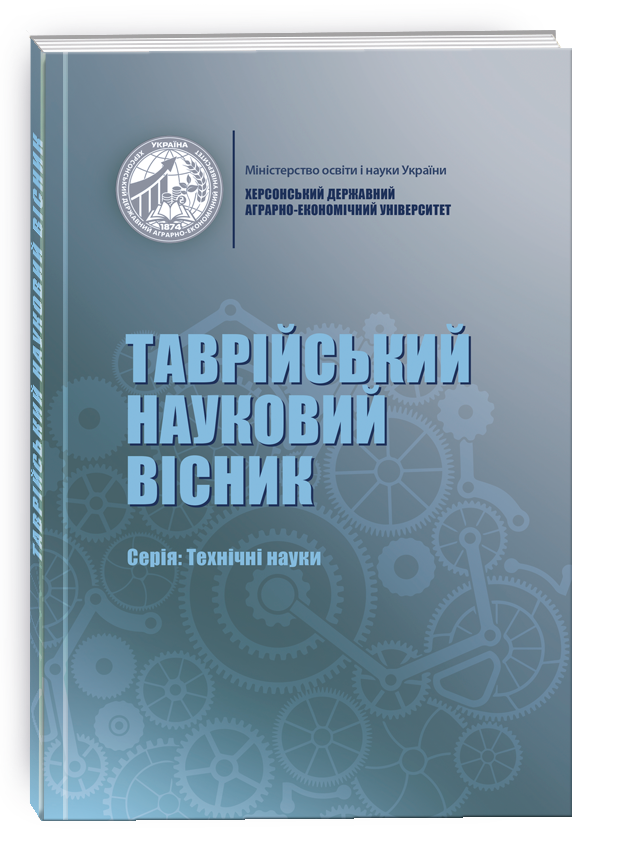COMPLEX FORMATION IN MODEL FOOD SYSTEMS OF SAUCES
DOI:
https://doi.org/10.32782/tnv-tech.2025.1.27Keywords:
technology, sauces, model food systems, model compositions, plant hydrocolloids, gum arabic, pectin, calcium lactate, complexation, complexAbstract
The article establishes the complexation between gum arabic and calcium in solution, gel chromatography of gum arabic and gum arabic in the presence of 2% calcium lactate was carried out. The molecular weight distribution of gum arabic in the presence of pectins at pH 7.1–7.5 was studied. It can be stated that calcium ions in the presence of gum arabic will react with pectins, forming calcium pectates, thus stabilizing the colloidal system. The establishment of the complexation between gum arabic, pectins and calcium lactate with a decrease in pH, the molecular weight distribution of gum arabic was studied when the pH was reduced to 5.0–5.2. The interaction of gum arabic with calcium lactate at a concentration of 1–3% was studied.IR spectroscopy of the gum arabic studied shows that the composition contains impurities of nitrogen-containing substances, as evidenced by a wide pronounced band due to stretching vibrations of –NH in –NH2 (3500–3300 cm-1) and simultaneous deformation vibrations of –NH at 1650–1590 cm-1. A sequential comparison of the IR spectra of “gum arabic – calcium lactate” with the IR spectra of gum arabic shows that conformational changes are associated with the concentration of calcium lactate. A gradual increase in the concentration of calcium lactate leads to more pronounced conformational changes. Variations in both the concentration of calcium lactate and the order of introduction into the solution can significantly change the conformation of the gum arabic macromolecule and its functional properties. The redistribution of the intensity of the state with an increase in the concentration of calcium lactate and the shift towards high frequencies of the bands indicate a redistribution (weakening) of hydrogen bonds. The addition of calcium ions to the “gum arabic–pectin” system has a more intensive effect on conformational changes and does not depend on the concentration in the range of 1–3%. The addition of calcium lactate salts significantly changes the intensity in the regions 1335–1360 cm-1, 1440–1465 cm-1 and 1130 cm-1, which should be attributed to the presence of chemical groups of the C-N band in the structure of gum arabic. The obtained results of IR spectroscopic studies show a decrease in the intensity of the bands 1425, 1465, 1540 cm-1, which indicates pronounced trans-conformational changes in the presence of salts and ion carriers. The shift of the absorption bands characteristic of anionic groups at 1050, 1130 cm-1, and 1200 cm-1 to the region of higher wave numbers of 1070, 1136, and 1235 cm-1, respectively, confirms the fact of chemical interaction through calcium ions with the carboxyl groups of gum arabic and pectin with the formation of «gum arabic – calcium – pectin» complexes.
References
G. Howard, J. (2001). Stability of emulsions in food systems. Journal of Food Science, 66(2), 323-329. https://doi.org/10.1111/j.1365-2621.2001.tb14663.x
Damodaran, S. (2008). Food proteins and their applications. CRC Press.
McClements, D. J. (2004). Food emulsions: Principles, practices, and techniques. CRC Press.
Schuchmann, H. P., & Schwartz, T. (2013). Food structure and the formation of food complexes. Food Research International, 54(2), 1-7. https://doi.org/10.1016/j. foodres.2013.06.003
Kusumoto, A., & Kimura, K. (2006). Effect of salts and acids on food systems. Food Chemistry, 99(3), 605-612. https://doi.org/10.1016/j.foodchem.2005.08.061
Tong, L., & Bansal, N. (2018). Interaction between polysaccharides and proteins in food systems: Implications for food texture and stability. Food Hydrocolloids, 77, 14-23. https://doi.org/10.1016/j.foodhyd.2017.10.005
Wehrle, K. (2011). The role of stabilizers in food systems. Journal of Food Engineering, 101(1), 45-53. https://doi.org/10.1016/j.jfoodeng.2010.08.008
Бойко, М. М. (2015). Технології харчових продуктів. Київ: Наукова думка.
Довгалюк, О. М. (2018). Взаємодія компонентів у харчових системах. Журнал технології харчування, 29(2), 45–58. https://doi.org/10.1234/jth.2018.0292
Кривонос, І. Я. (2017). Біотехнологія харчових продуктів: теорія та практика. Харків: Харківський державний університет.
Лагута, К. О. (2020). Роль полісахаридів у стабільності харчових систем. Вісник Національного університету харчових технологій, 52(1), 21–30. https://doi. org/10.2345/visnuk.2020.5210
Нагірний, І. В. (2019). Комплексоутворення у харчових системах соусів: теоретичний аналіз. Наукові праці харчової промисловості, 35(4), 115–120. https:// doi.org/10.5678/nphp.2019.354







